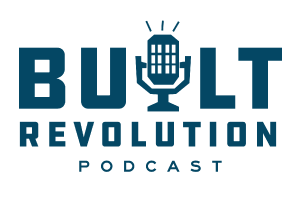Welcome to Episode 1 of Continuum Advisory Group's Strategy Miniseries. In this series, we discuss…
A Framework for Developing Agility
Looking at organizational agility is like looking at a spider web. The first level of observation is an entire, beautiful creation, a single unit. It’s just there; you don’t think much about how it was actually built. But look closer at the linkages and threads, and suddenly it seems impossible to create.
Micromanagement of your organization is both impractical and undesirable. You can’t build every corner of it yourself, but you can build the builders. We think our three strategies below – based on the results from our 2016 CURT Owner Trends Study – can help.
It’s important to note that this framework, like the agility it aims for, is not absolute. Your organization has its unique idiosyncrasies. But these should get you and your builders moving in the right direction.
Scanning and Planning
Successful interviewees for our study have one thing in common: vision. While day-to-day operations and lean processes are important, they keep their eyes on possibilities. Kim Flowers (former VP of New Generation Projects and Construction for Southern Company) highlighted Southern Company’s scenario planning team, a group of people who envision and plan for hypothetical futures. If one of those futures comes true, Southern Company is ready to act.
That vision also extends to your competitors. One owner spoke about a process improvement team that looked to external forces for internal improvement, adapting industry best practices as soon as possible. Such a team keeps the organization primed to move.
Streamlining Processes and Empowering Employees
Processes should never be considered perfect. There is always room for improvement, whether that’s from external intelligence (as mentioned above) or from internal ideation. Reviews should be regular and deliberate. They can help a lot: one owner reported a new strategic sourcing process that saved up to ten weeks in program timing.
We spoke earlier about empowering employees, and the context of process management is a great place to start. Conflict resolution should have a formal process of its own, so that stakeholders know where to go and what to do. Conflict is a wrench in the gears of your organization, so solving it successfully is critical.
Partnering for Innovation
Our respondents emphasized breaking down the barriers between owners, suppliers, and contractors. Relationships with them should be less transactional and more strategic. Viewing them as partners gives you a better idea of their capabilities, allowing you to match them to specific projects. Finding the right partner can significantly streamline a complex project. Less bid time also means more work time, boosting your efficiency.
2016 showed us that the world is more volatile than ever before. We never know what tomorrow will bring. But there are corners of the world that we can control, and methods for controlling them. What better time to start than now?
You can read our full study here.

